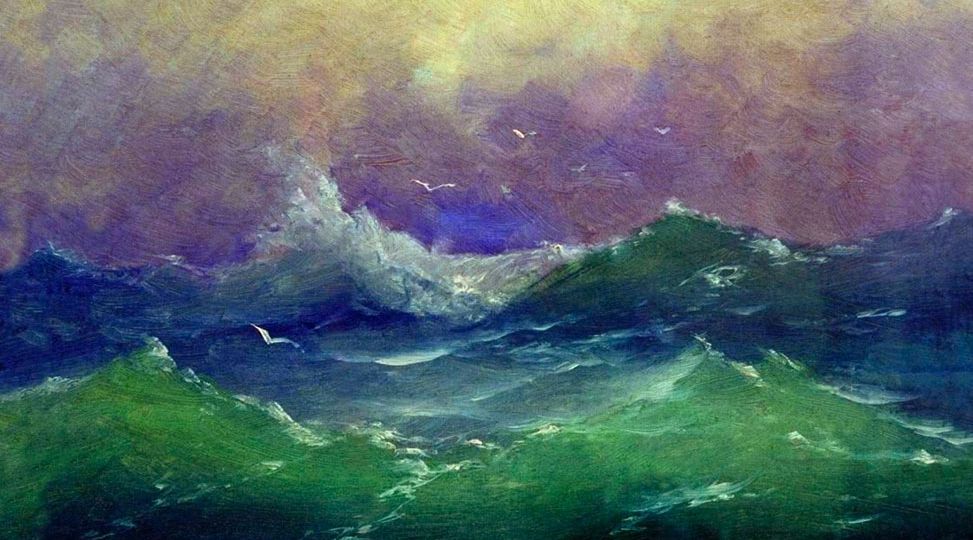
Active Imagination: Ne? Ni? Both?
Carol Shumate, October 1, 2014
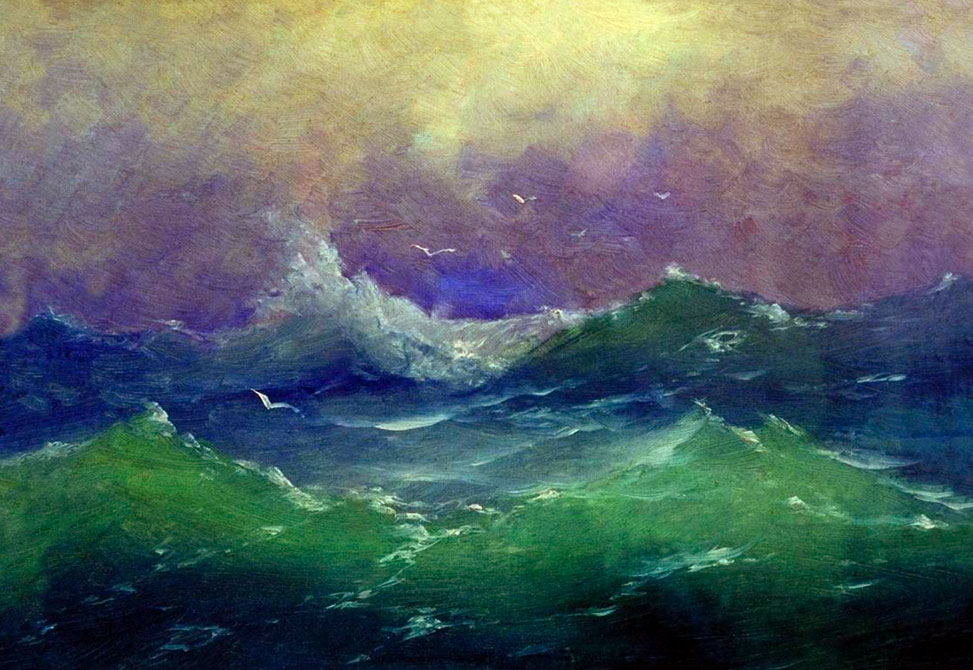
My question now is, which functions do we use when we engage in Jung’s favorite form of internal reflection, active imagination? Jung conceived of this unique form of meditation as a vehicle for building a bridge between consciousness and unconsciousness, and further, for connecting our personal unconscious with the collective unconscious. In a series of dialogues with James Hillman, Sonu Shamdasani (2013), describes this transpersonal aspect of Jung’s use of active imagination in The Red Book:
In reflecting on himself, he does not come across at rock bottom his own personal biography [sic.], but it’s an attempt to uncover the quintessentially human. These dialogues are not dialogues with his past … but with the weight of human history. (p. 18)
The essays in this issue, “Type and Archetype in Dreams” by Chris Beach and “The Integrity of Carl Jung” by Jennifer Soper, both describe the results of what could be seen as active imagination dialogues. Both authors agree with John Beebe in seeing Jung as an INTJ (although there is also evidence that Jung could have been an INTP). Whatever the case, it seems to be true that introverted intuitives embrace this form of meditation and do not find it to be ego-dystonic, or out of synch with their own ego’s mode of operating. Soper’s essay describes just how the Red Book figures play this bridging role between the personal and collective unconscious. Beach’s essay models for us a way to use the eight functions and their archetypes in dream interpretation; he uses an exercise to interrogate a client’s dream as if he were speaking from the viewpoint of the eight functions. This exercise, treating each function as if it were in the dominant position, appears to have something in common with the imaginal figures in The Red Book that Soper describes, each of whom represents a function in the Hero position. Might Beach’s exercise also be a form of active imagination?
Is it the transpersonal aspect of active imagination dialogue that attracts and engages the introverted intuitive mind? Is the extraverted intuitive mind also attracted to this form of dialogue, or does the Ne mind engage differently in this form of dialogue?
References
DiTiberio, J. K., & Jensen, G. H. (1995). Writing and personality: Finding your voice, your style, your way. Palo Alto, CA: Davies-Black.
Shamdasani, S. and Hillman, J. (2013). Lament of the dead: Psychology after Jung’s Red Book. New York, NY: W. W. Norton & Co. Inc.
Header Image
Arkhip Kuindzhi, “Waves” (c. 1870)



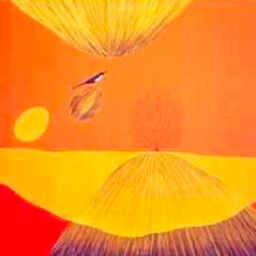

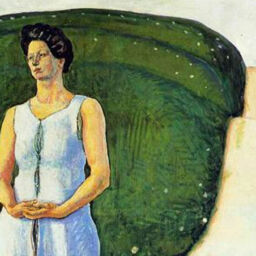
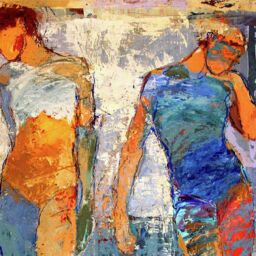
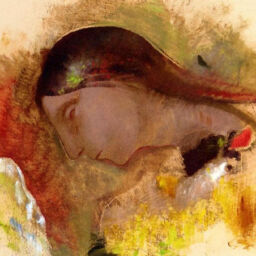
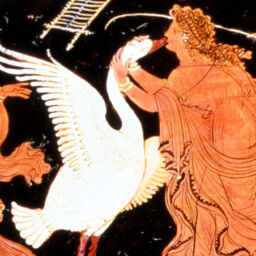
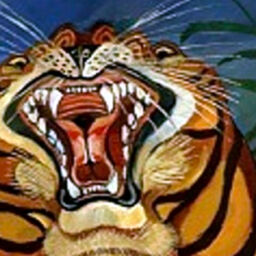
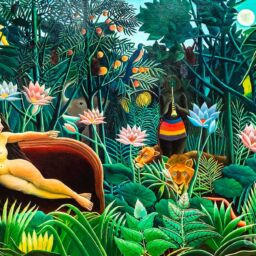
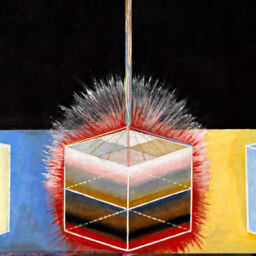
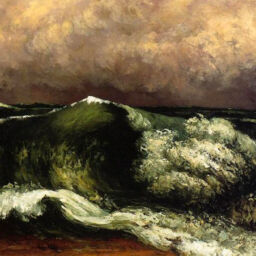
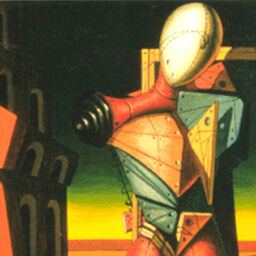
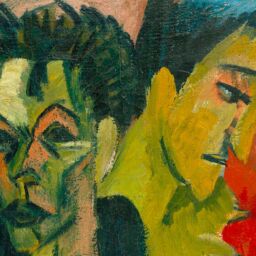
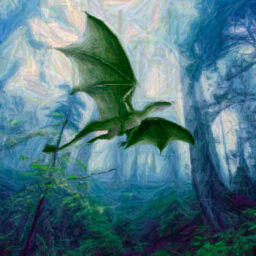

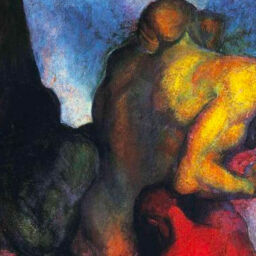
I am Ni dominant and I believe I approach active imagination using Ni and Se. This might be surprising but I do believe it to hold true for me. Active imagination bridges the conscious with the subconscious and I find it impossible to do that without the help of extraverted perceiving. While it begins with internal constructs it seeks validity from the external world, something I can address more consciously and yet accesses the subconscious adequately being the inferior function. While Ne is also extraverted perceiving, it fails to provide a verifiable identity to the unconscious – the conscious rejects it. Is it possible that different individuals use intuition differently depending on their type? I do believe so.
[…] Ne is focused on external objects, Ni focused on internal objects. Yep, and the author of this article discusses her lack of understanding regarding differences between Ne and Ni, when she was teaching […]
Perhaps in this giant ramble, what I really meant is that the technique seems to be a natural place to deploy intuition, to get in touch with the unconscious while still conscious, rather than say through dreams. But, I generally associate function-attitudes with an ego-orientation, and arguably active imagination was trying to get past such things, sort of like I write above, where you actively interact with the unconscious.
I suppose this could be called sort of like introverted intuition, since it is *your* (the subject’s) unconscious, being gotten at intuitively, without any clear outer object in sight to perceive into.
But somehow the right answer to me seems “intuition in general”.
I must say this is a great topic, but I am having a hard time answering 100%.
I presume part of the idea of this post is that imagination has something to do with the unconscious and the inner life. I’d like to say that there are two senses in which typology relates to the unconscious (of course many more, but two that are very recognizable): one is in relation to the inferior personality, and the other is in relation to intuition.
I think active imagination strikes me as more related to getting at the former than latter, but could be wrong. What strikes me as different between intuition as in an extraverted or introverted intuitive type and this kind of active imagination method is that the former are truly functions of consciousness, and come with a certain repressed standpoint which can get pushed into the unconscious (strange, in a way, that the function which has the job of perceiving the unconscious exhibits a repression that pushes things into the unconscious).
As a function of ego consciousness, intuition must represent the conscious situation symbolically, and the meaning of the symbolic nature is simply that intuition is charged with the job of bringing the unconscious and perception of its contents into relation with the situation of conscious adaptation: a symbol is in a sense merely a bridge making this sort of adaptation possible, because otherwise, technically the whole point of an unconscious is that it is that which is not conscious – so one could not utilize it for adaptation to the conscious situation without this sort of bridge.
I would imagine the sum total of repressed energies that could belong to the other functions were intuition not king/queen would be part of what an introverted intuitive may face in dialogue with his/her unconscious in active imagination, which to me sounds like a stepping-aside of the normal conscious attitude to participate in the unconscious. For an intuitive dominant, this might mean encountering unconscious energies waiting to become actively engaged with the actuality of things, and having a dialogue with them, which could look quite different from having an intuition.
Basically, while intuition perceives the unconscious as a means for adaptation to consciousness, and thus comes off as the perception of possibilities (which is what the unconscious would seem like to the conscious – the “as yet unrealized” so to speak), I think active imagination sounds almost more like engaging a dream, except where instead of it happening to you without your participation, you participate in it (hence you don’t merely interpret what the unconscious is saying, as Jungian analysts do, but rather engage it, thus forming potential bridges).
I think this requires deployment of intuition to kick off the process, but stands apart from intuition’s keen perceiving attitude – it’s like engaging the unconscious as an *actuality* as similar to when one is dreaming, whereas from the standpoint of ego consciousness, the unconsciousness must appear as possibilities. It’s useful to note that in the example Jung gives in his interview with Freeman of the woman patient who came to him, having had a vision of a snake within her, she was still able to clarify when Jung appeared shocked that it’s not “really” a snake, which signifies that, as out of touch with reality she is, there is an element of conscious willfulness, so that one is directing one’s perceptions as opposed to engaging the unconscious as if one is part of it.
I imagine, for example, that where an introverted intuitive may look straight past basic factual reality, preferring to perceive such collective symbols as above, when talking to one’s unconscious so to speak, he or she may come face to face with characters of quite an extraverted sensory nature (perhaps as they may also in confronting dreams). They may also get the chance to experience the collective unconscious in a way they wouldn’t with their normal attitude.
Although, there’s no question that between your everyday extraverted sensation type and some kind of intuitive type, the latter is probably more likely to have become fascinated with such a method. And it does strike me as more introverted, as this stuff sounds like it is delving pretty purely into the inner aspects of the psyche, although it could deal with repressed extraverted characters in an introvert.
As for Jung’s type, it’s hard to say – I think introverted thinking, with all its symbolical qualities, could actually be easily connected with this kind of procedure. It turns out Myers wrote that it is indeed possible someone may develop in a more one-sided way, as more of a pure introvert, in Gifts Differing, so it is possible Jung was both an introverted intuitive and an introverted thinking type. This method sounds both interpretive and perceiving in nature, so someone with that combined typology might be likely to come to it.
Thank you for your article. The possibility that Jung could have been an INTJ absolutely thrills me! When I meditate, I am definitely engaging my introverted Intuition – my greatest strength.